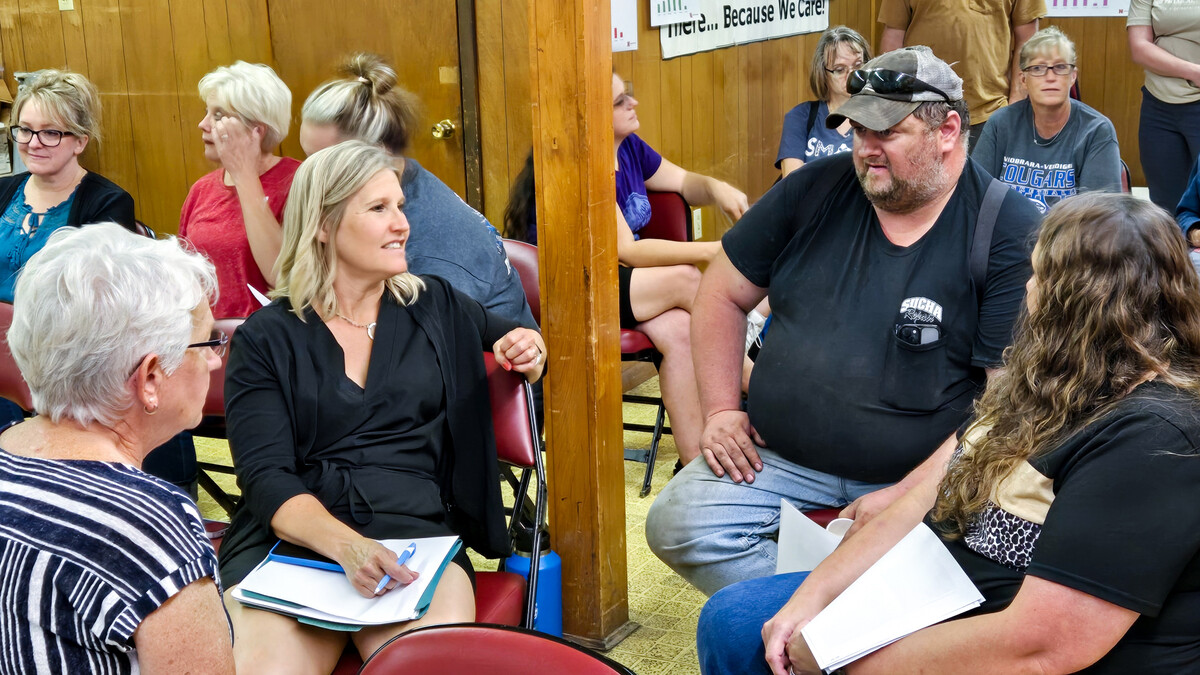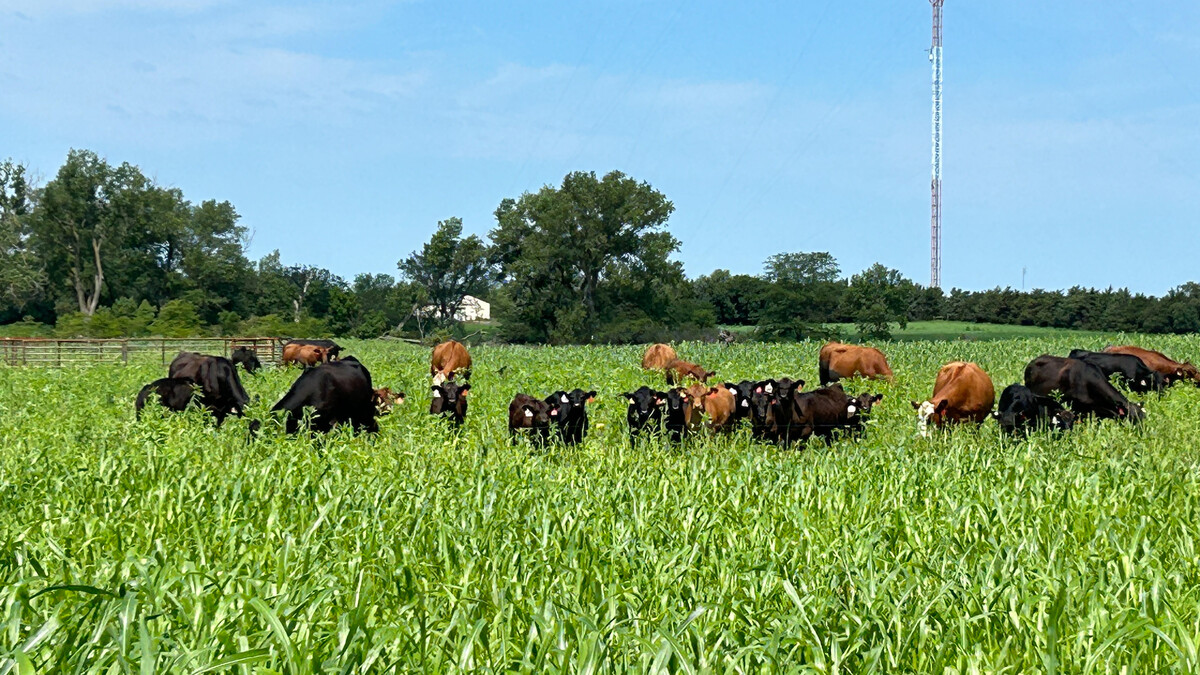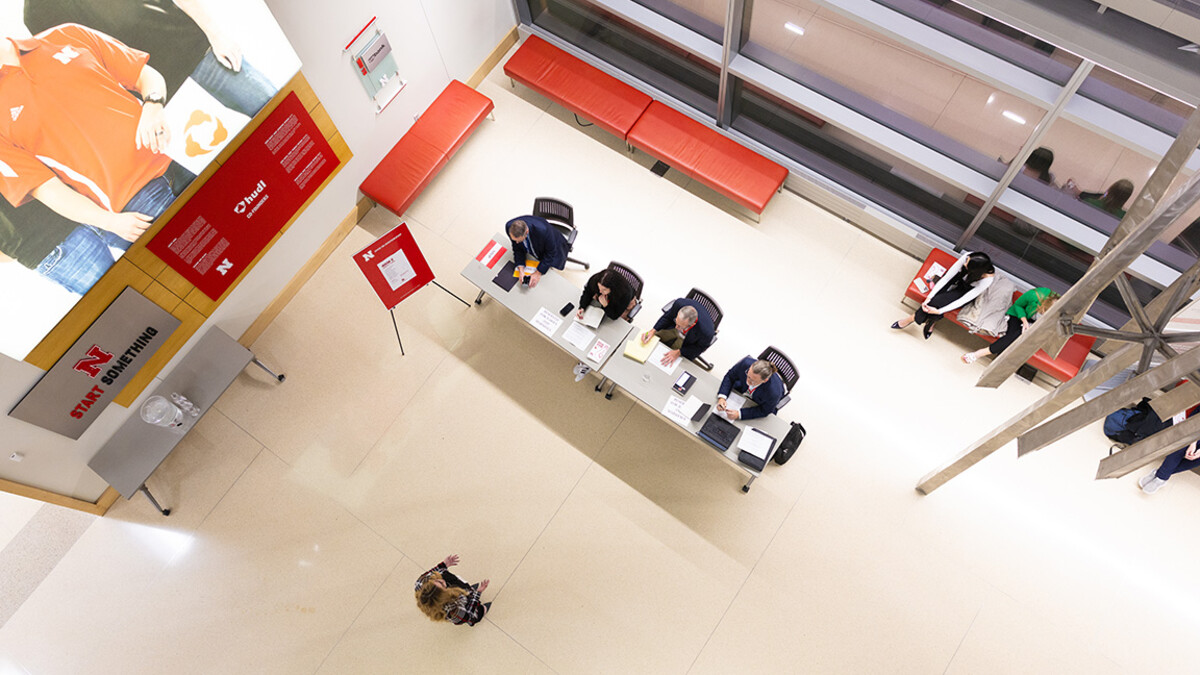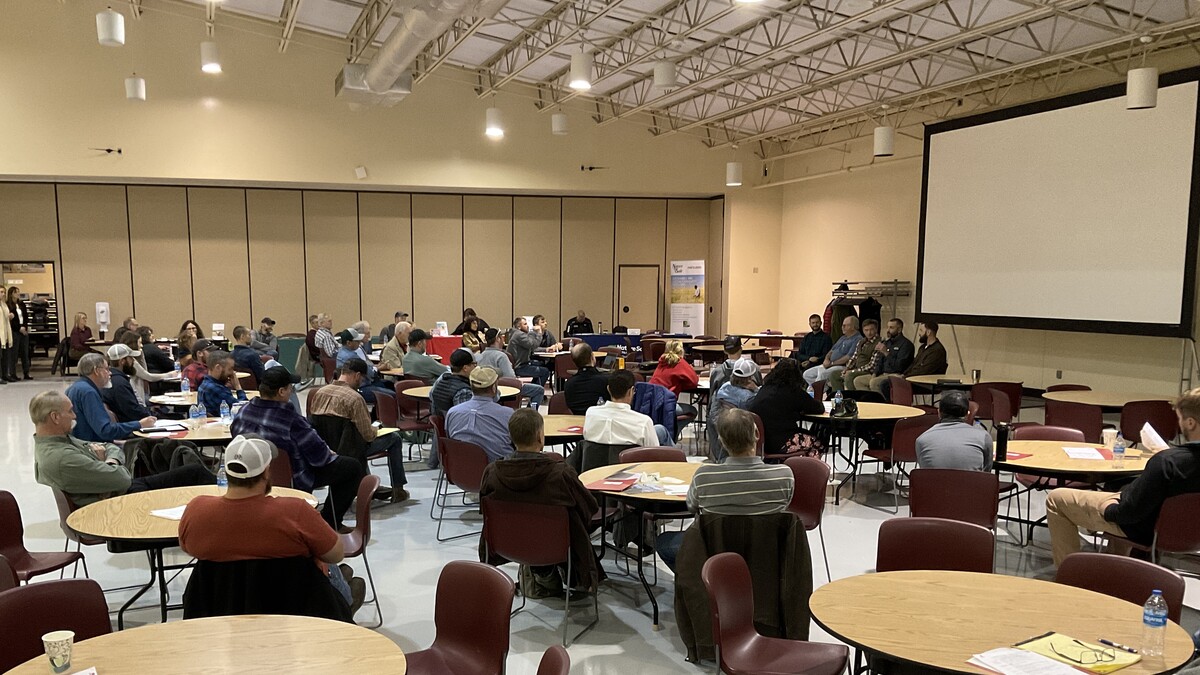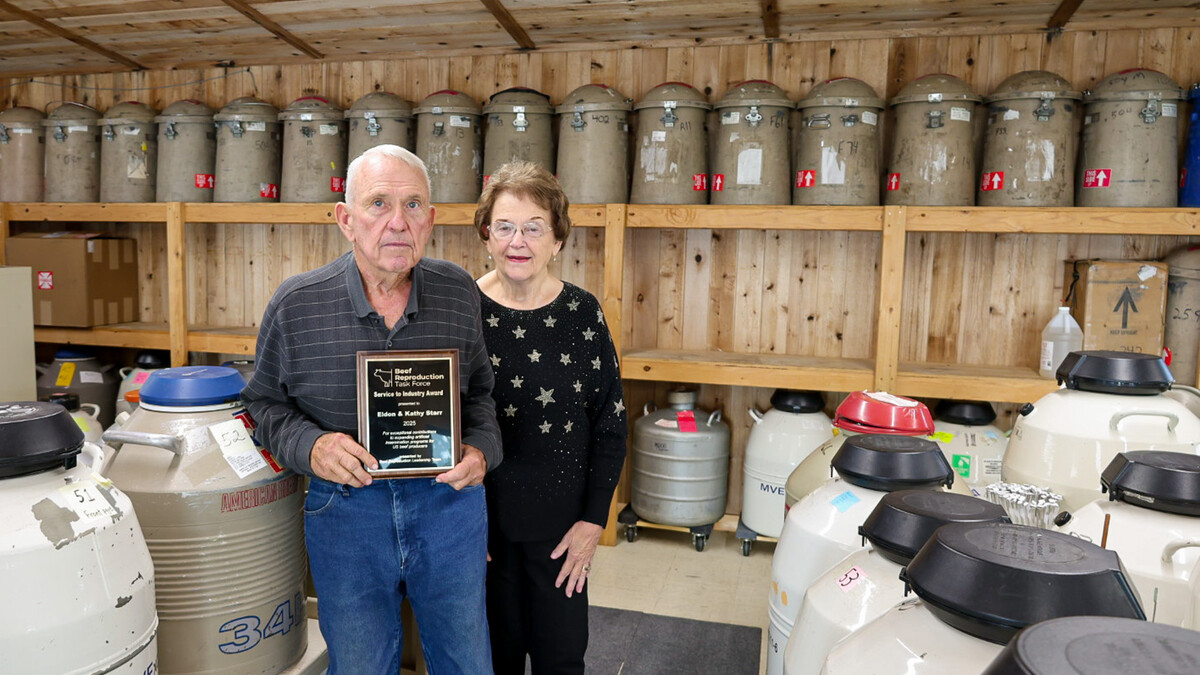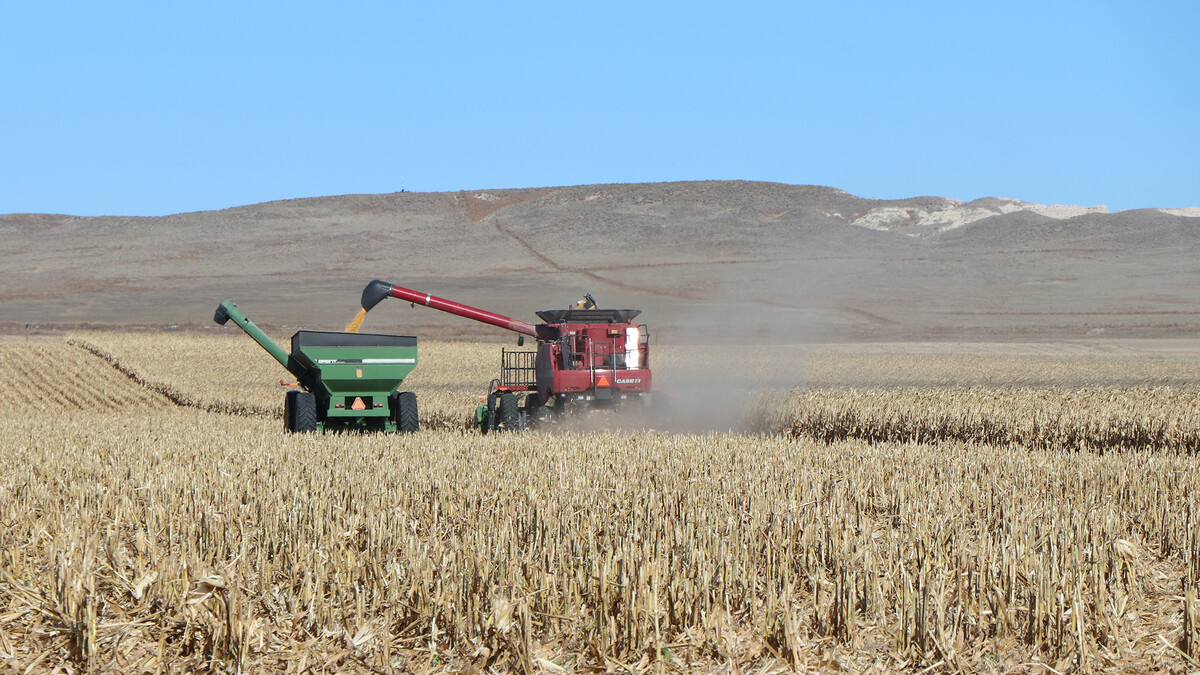
August 1, 2018
Lincoln, Neb. — On any given day, thousands of livestock such as cattle, swine, poultry and equine are in transit throughout Nebraska. When accidents happen involving these livestock, it makes the scene much more complex to manage. Nebraska Extension’s livestock emergency response plan training is educating first responders on how to deal with such accidents.
“Knowing how to assess the situation of the animals and how to properly handle the animals – for everyone’s safety is a key factor,” said Nebraska Extension Educator Rob Eirich.
In 2017, there were 2,558 accidents involving animals, according to the Nebraska Department of Transportation. When livestock are involved in accidents it adds a layer of complexity. Animals may not be contained; they could be injured or trapped, or could even cause additional accidents or harm. The livestock emergency response plan training sets out to educate any first responders who may be involved with livestock accidents.
In June, extension and the Nebraska Department of Agriculture partnered to host the first livestock emergency response plan training in Grand Island for first responders, including the state patrol, fire departments, emergency medical technicians, sheriffs, county emergency planners, veterinarians and others. Over 30 people attended the training.
Livestock training is not common in traditional emergency response fields so those that respond to accidents often are unaware of how livestock will respond to stress. For example, most livestock are color blind, have no depth perception and see 330 degrees around them, all of which will affect how they react in certain situations. Bright floodlights and flashing lights could cause a response that could do more harm or damage.
According to Eirich, a key part of the training is helping first responders develop a plan before arriving at an accident where livestock are involved, so they are prepared and know how to approach the scene appropriately. The Grand Island training day was so well-received that Nebraska Extension is planning more for the future.
“The plan is to now use a core group from this first training to expand across the state with two more trainings currently in the process of planning,” said Eirich. “With the livestock industry strong and growing in Nebraska, the need for first responders to be trained in emergency planning with livestock will drive demand.”
Others included on the core livestock emergency response plan team include Kim Clark, Ashley Mueller and Megan Patent-Nygren with Nebraska Extension and Chelsea Kramer with the Nebraska Department of Agriculture.
For more information about livestock emergency response training, contact Nebraska Extension Educator Rob Eirich at 308-632-1230 or reirich2@unl.edu.
Rob EirichExtension Educator
308-632-1230
reirich2@unl.edu Writer: Alice Akers - IANR Media Intern


